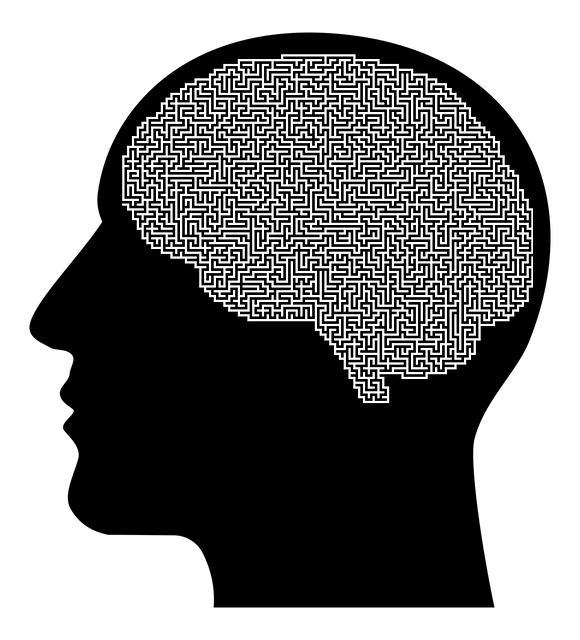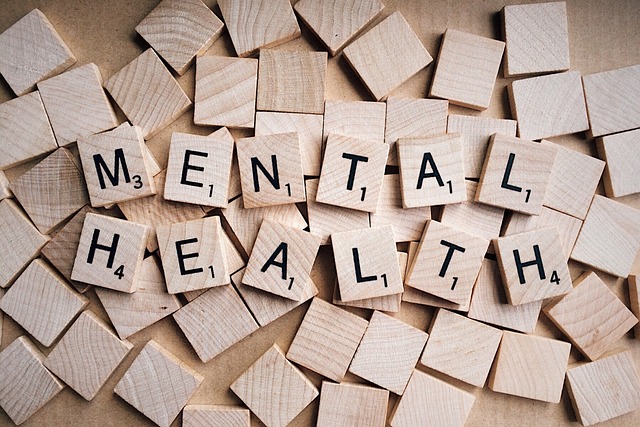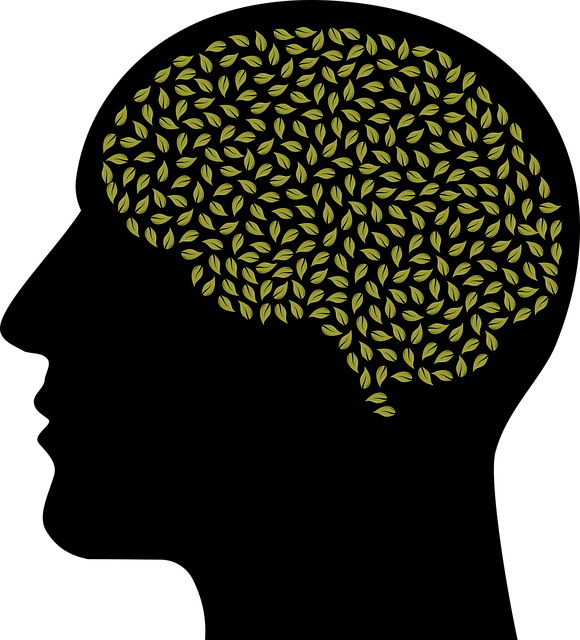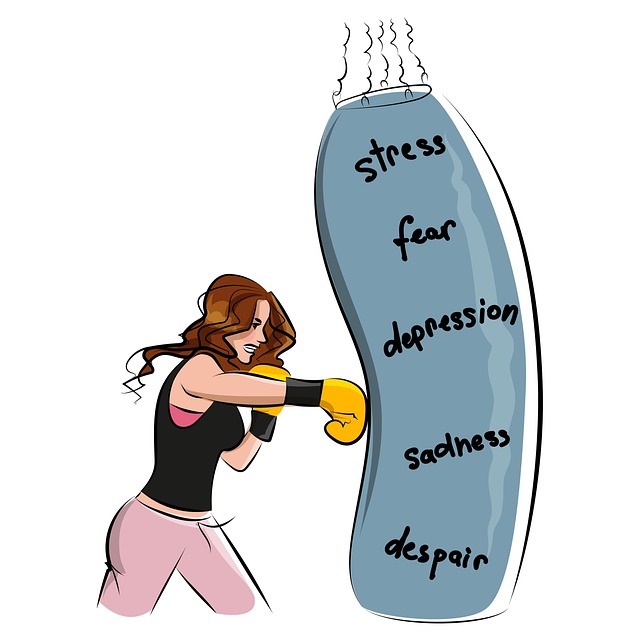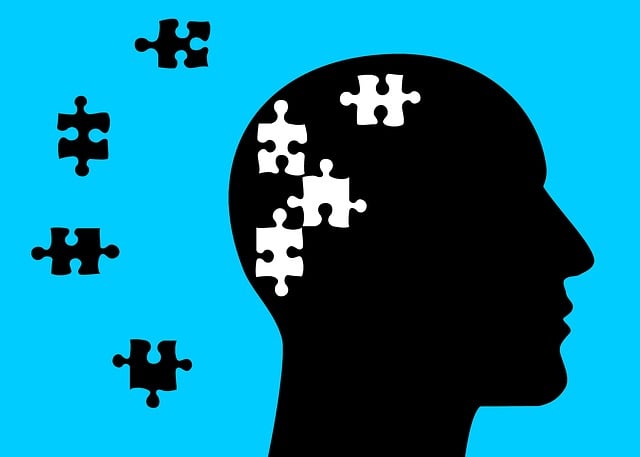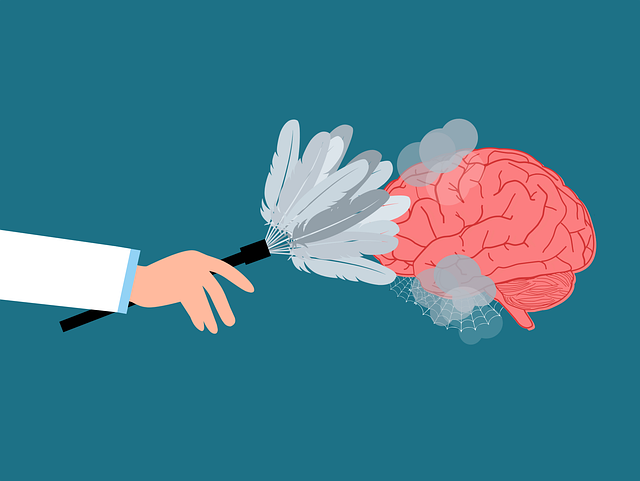Public awareness campaigns for Superior ADD-ADHD Therapy focus on educating and engaging communities to drive behavioral changes and improved mental well-being. Tailored messages target specific demographics, emphasizing neurobiological differences and destigmatizing the condition. Digital platforms like social media and apps reach younger audiences with interactive content, while traditional media maintains credibility. Success is measured through KPIs aligned with campaign goals, and sustainability ensured by integrating evidence-based strategies and partnerships for long-term engagement.
Public awareness campaigns play a pivotal role in educating communities about mental health conditions, especially Attention-Deficit/Hyperactivity Disorder (ADHD). This article explores the art of crafting impactful initiatives for superior ADD-ADHD therapy. We delve into understanding the target audience and designing strategies that resonate. From leveraging digital platforms to traditional media, we uncover best practices. Additionally, we emphasize measuring campaign effectiveness and ensuring long-term sustainability to foster a more informed and supportive society.
- Understanding Public Awareness: The Why and Who
- Designing Effective Campaigns for ADD-ADHD Therapy
- Leveraging Digital Platforms and Traditional Media
- Measuring Success and Ensuring Sustainability
Understanding Public Awareness: The Why and Who

Public awareness campaigns play a pivotal role in educating communities about various issues and fostering behavioral changes. Understanding the target audience and the purpose behind the campaign is essential for its success. Public awareness, at its core, aims to inform and engage individuals on specific topics, encouraging them to take action or adopt new perspectives. When it comes to mental health initiatives, such as those promoting Superior ADD-ADHD Therapy, targeting the right demographic with tailored messages can significantly impact outcomes.
The “why” behind these campaigns is to address pressing concerns like stress management and cultivating compassion within communities. By focusing on self-awareness exercises and providing accessible resources, campaigns can empower individuals to take charge of their mental well-being. Targeting specific age groups, cultural backgrounds, or communities affected by particular issues ensures that the message resonates with those who need it most, fostering a sense of belonging and understanding.
Designing Effective Campaigns for ADD-ADHD Therapy

Designing effective public awareness campaigns for ADD-ADHD therapy requires a nuanced approach that addresses both the challenges and unique strengths associated with this neurodiverse condition. The goal is to promote superior ADD-ADHD therapy while fostering understanding, empathy, and mental health awareness. Campaigns should focus on educating the public about the symptoms, causes, and available treatment options, emphasizing that ADD-ADHD is not a lack of willpower or poor parenting but a real neurobiological difference.
One key aspect is integrating resilience building strategies into these campaigns. By showcasing successful individuals with ADD-ADHD who have achieved great things despite their challenges, these initiatives can inspire hope and encourage others to embrace their own strengths. Equally important is promoting mood management techniques as a vital part of daily life for individuals with ADD-ADHD, helping them navigate the ups and downs that often come with the condition. Through targeted messaging and engaging content, awareness campaigns can play a pivotal role in destigmatizing ADD-ADHD and encouraging early intervention, ultimately improving quality of life for those affected.
Leveraging Digital Platforms and Traditional Media

In today’s digital era, leveraging various media platforms is crucial for effective public awareness campaigns. Digital channels like social media, websites, and mobile apps offer unparalleled reach and engagement opportunities, particularly among younger audiences. By utilizing interactive content, such as videos, infographics, and online communities, campaign organizers can effectively communicate complex issues like mental health challenges, with a focus on topics like Superior ADD-ADHD Therapy, Stress Management, and Burnout Prevention. These digital platforms allow for real-time feedback, enabling better tailoring of messages to specific demographics, ensuring the campaign’s impact is maximized.
Traditional media remains an indispensable tool for public awareness, offering unique advantages in terms of credibility and wide-reaching appeal. Broadcasting on television and radio, print media like newspapers and magazines, and outdoor advertising continue to play a vital role in reaching diverse audiences. Integrating these traditional methods with digital strategies ensures comprehensive campaign coverage, fostering a holistic understanding of mental health issues. For instance, public service announcements on television can direct viewers to online resources for further information or support, seamlessly bridging the gap between traditional media and digital engagement, while advocating for Mental Health Policy Analysis and Advocacy.
Measuring Success and Ensuring Sustainability

Measuring success and ensuring sustainability are vital components in crafting impactful public awareness campaigns. To gauge effectiveness, key performance indicators (KPIs) tailored to the campaign’s objectives should be established. For instance, if a campaign aims to raise awareness about ADD-ADHD Therapy, KPIs might include the number of people reached, engagement rates on social media platforms, and changes in search trends related to mental wellness resources. By tracking these metrics, organizers can objectively assess the campaign’s impact on public understanding and adoption of therapy practices.
Sustainability is achieved by integrating evidence-based strategies and Mind Over Matter Principles into the campaign’s core. Compassion Cultivation Practices can foster a supportive environment that encourages open dialogue about mental health issues, ensuring long-term engagement. Equally important is to build partnerships with stakeholders committed to promoting Mental Wellness, such as healthcare providers, educational institutions, and community organizations. These collaborative efforts not only sustain awareness but also translate into lasting behavioral changes, benefiting individuals seeking appropriate ADD-ADHD Therapy solutions.
Public awareness campaigns play a pivotal role in shaping societal understanding of conditions like ADD-ADHD. By leveraging both traditional media and digital platforms, we can effectively communicate the importance of early intervention and access to superior ADD-ADHD therapy. Measuring campaign success through thoughtful metrics ensures sustainability and continued progress in destigmatizing these neurodiversities. Through collaborative efforts and data-driven strategies, we can create a more inclusive future where individuals with ADD-ADHD thrive.


